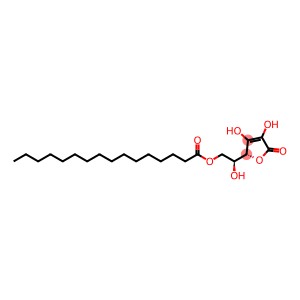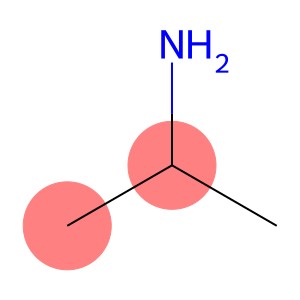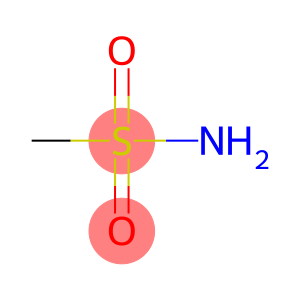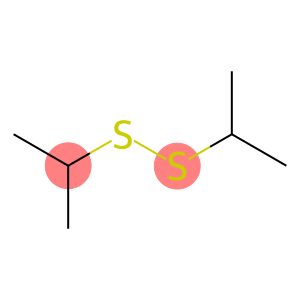6-O-palmitoyl-L-ascorbic acid(CAS#137-66-6)
Risk and Safety
| Hazard Symbols | Xn – Harmful |
| Risk Codes | R20/21/22 – Harmful by inhalation, in contact with skin and if swallowed. R36/37/38 – Irritating to eyes, respiratory system and skin. |
| Safety Description | S26 – In case of contact with eyes, rinse immediately with plenty of water and seek medical advice. S36 – Wear suitable protective clothing. S24/25 – Avoid contact with skin and eyes. |
| WGK Germany | 1 |
| RTECS | CI7671040 |
| TSCA | Yes |
| HS Code | 2936 27 00 |
| Toxicity | LD50 orally in Rabbit: > 5000 mg/kg |
6-O-palmitoyl-L-ascorbic acid(CAS#137-66-6)
quality
White powder with a slight citrus smell. Very slightly soluble in water and vegetable oil, soluble in absolute ethanol and anhydrous methanol.
Method
Palmitoyl chloride is generated by chlorination of palmitic acid, which is then esterified with ascorbate to obtain palmityl ascorbyl after filtration and drying.
use
as an antioxidant. It is widely used in antioxidant preservation of various foods and beverages such as oils and fats, dairy products, cosmetics, health products, baby food, aquatic products, puffed foods, fried foods, meat products, nuts, fruits, etc. It is used for oil-containing foods, instant noodles, and hydrogenated vegetable oils, and the maximum usage is 0. 2g/kg for infant formula, the maximum dosage is 0. 01g/kg (based on ascorbic acid in oil).








